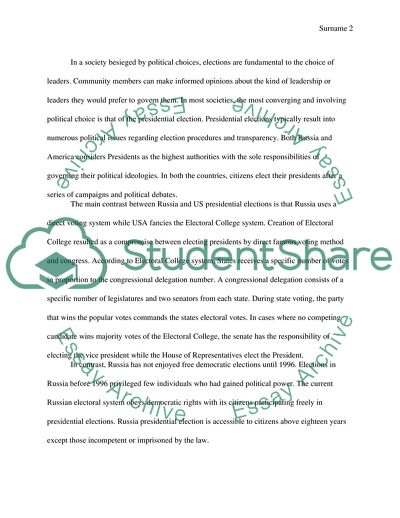Cite this document
(Contrasting Policies of Russia and the USA Case Study, n.d.)
Contrasting Policies of Russia and the USA Case Study. https://studentshare.org/politics/1839018-comparisoncontrast
Contrasting Policies of Russia and the USA Case Study. https://studentshare.org/politics/1839018-comparisoncontrast
(Contrasting Policies of Russia and the USA Case Study)
Contrasting Policies of Russia and the USA Case Study. https://studentshare.org/politics/1839018-comparisoncontrast.
Contrasting Policies of Russia and the USA Case Study. https://studentshare.org/politics/1839018-comparisoncontrast.
“Contrasting Policies of Russia and the USA Case Study”. https://studentshare.org/politics/1839018-comparisoncontrast.


